How to Choose a Cycling Shoe
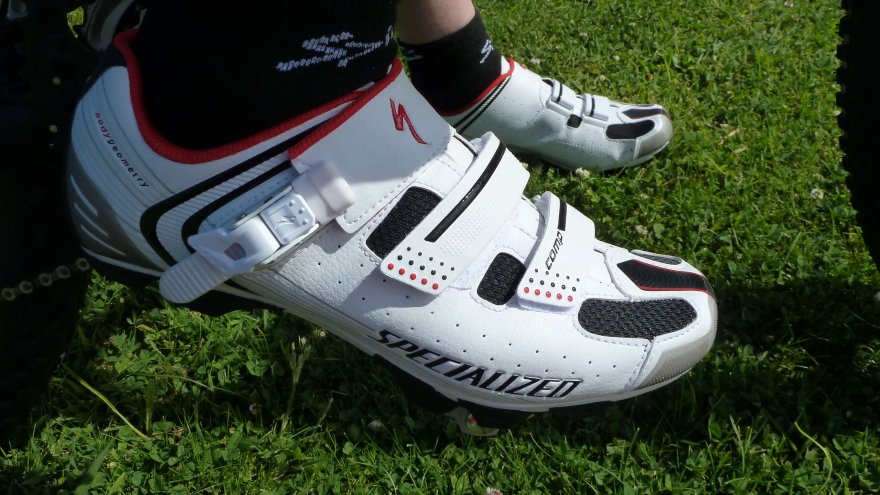
When beginning to shop for a cycling shoe, you need to take into account the type of rider you are, the type of bike you have and the type of pedals it has. There are numerous choices in each of the three categories of shoes—mountain bike shoes, road bike shoes or hybrid city bike shoes. It’s easy enough to know what type of bike you have and so what category of shoe you should shop for, but there are a number of additional options to consider.
Do I Really Need a Cycling Shoe?
If you are serious about cycling, your training will benefit from having an appropriate cycling shoe. According to Jeff Balton, who created and writes bicycle-guider.com, cycling shoes increase performance and pedaling efficiency. Because cycling shoes are lightweight and have stiff soles, they decrease energy lost through the sole and enhance the transfer of energy from the leg to the pedal.
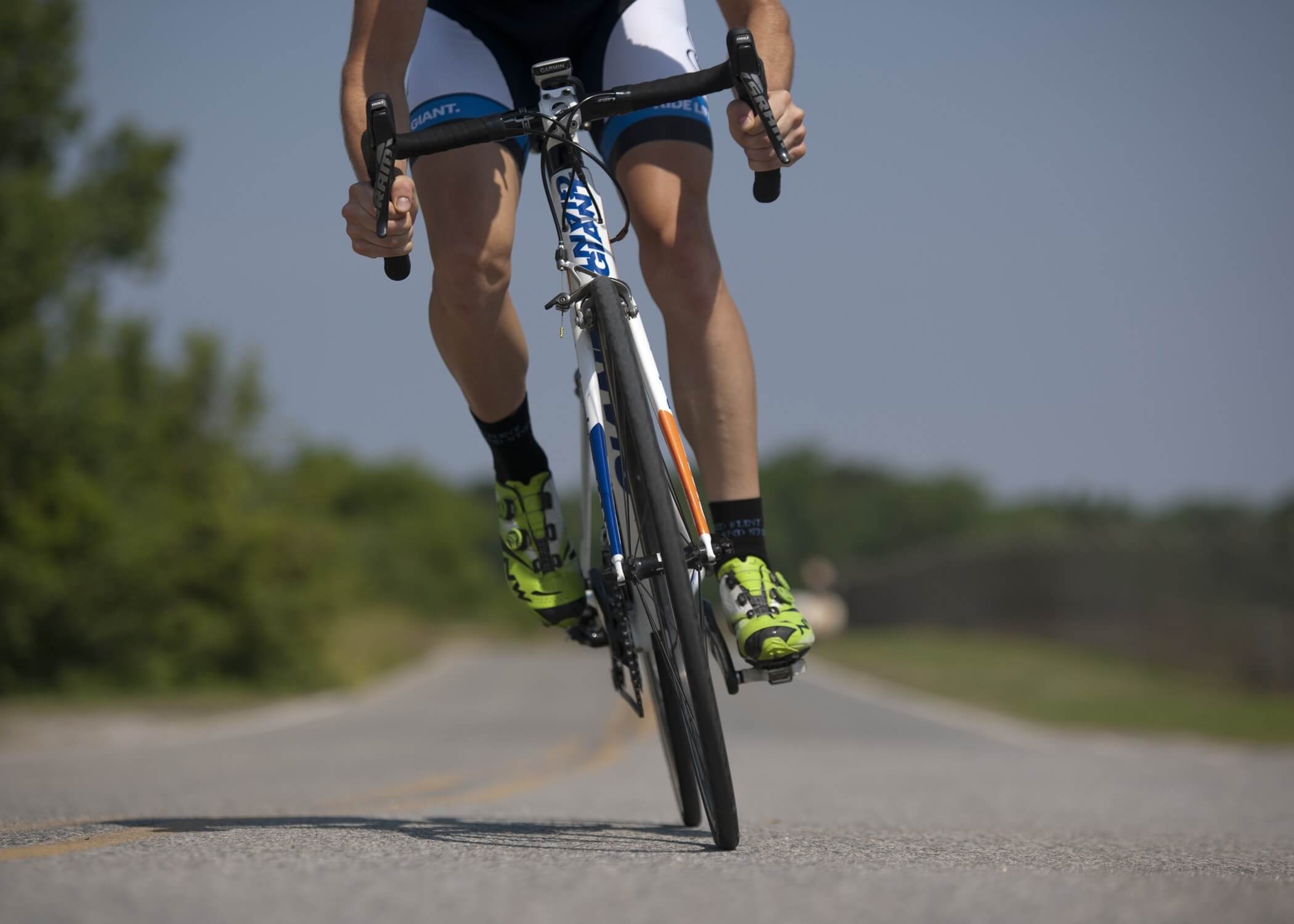
And because some cycling shoes are used with pedals that have special cleats the shoe clip into, your legs not only work as you push the pedal downward but also as you pull the pedal upward. This more complete motion works both major muscle groups in the legs (quadriceps and hamstrings) equally and prevents the muscle imbalance that can occur when you wear regular shoes and are only pushing the pedals downward.
Pedal Primer
Prior to choosing a cycling shoe, you will need to know what type of pedals your bike has, the names of which can be a little confusing to beginners.
There are four types of pedals: clip, clipless, platform and dual-sided clipless.
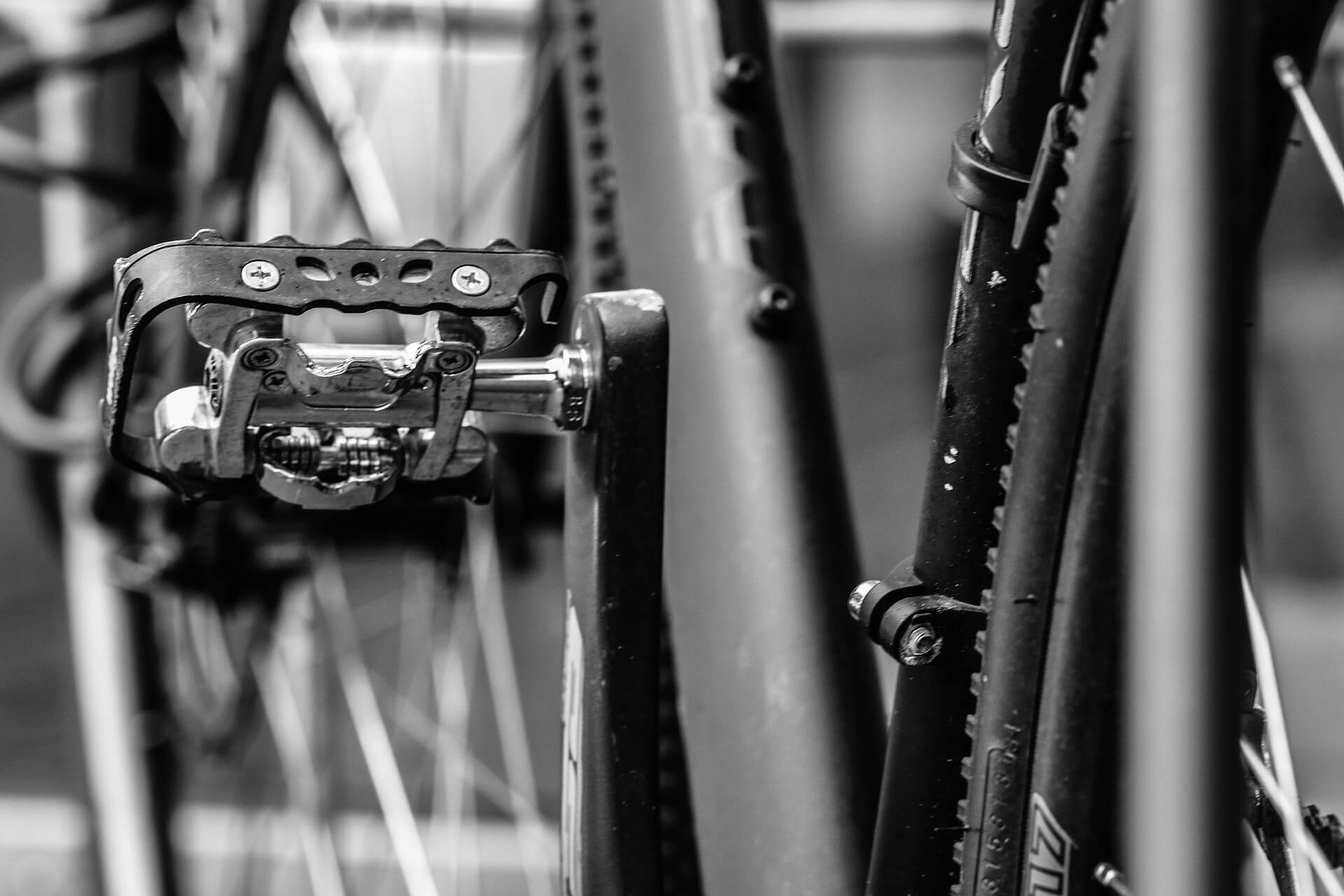
Clip pedals really don’t have clips al all but have an adjustable strap and cage that hold the front of your shoe to keep your foot on the pedals. Clip pedals are hardly ever used on performance bikes today but still can be found on recreational road bikes. The benefits of the clip pedal are that your foot still stays relatively stable on the pedal and they don’t require a special cycling shoe.
Clipless pedals have a cleat that allows you to mechanically attach the cycling shoe to the pedal. The shoe locks into the cleat with a little pressure and disengages with a slight sideways twist of the foot. Clipless pedals are the ones found most often on performance bikes these days.
Platform pedals don’t have any type of clip or locking mechanism. They are simply flat platforms that allow riding with any type of shoe. Platform pedals are usually found on BMX, urban and mountain bikes.
Dual-sided clipless pedals offer bikers the benefits of both clipless and flat pedals in one. One side of the pedal is flat and can be used with either everyday shoes or biking shoes with a recessed cleat, the other side is clipless and can be used with a road biking shoe with the protruding cleat. This type of pedal is handy if you use your bike for different purposes and allows for use with a wide number of bicycling shoes.
Cycling Shoes: Start at the Bottom
There are three types of cycling shoes: mountain, road or hybrid/city and the differences between all three are based primarily on the soles. Your bike and pedals will dictate the type, but within each category, there are numerous variations and features to enable you to get the best fit possible.
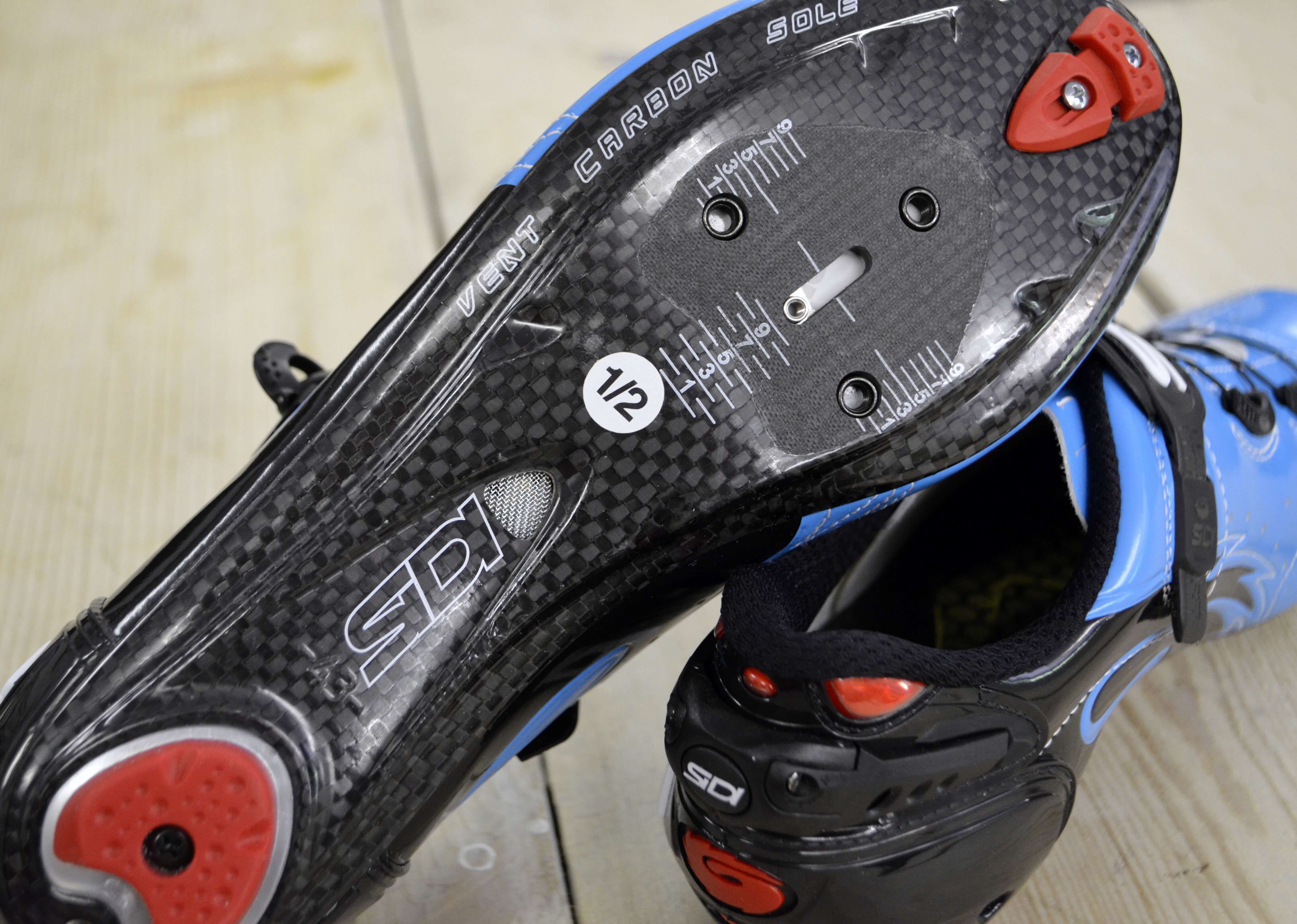
The soles on a pair of mountain bike shoes are more flexible than road or hybrid/city shoes, with uppers that look a little like hiking shoes. This flexibility allows mountain bikers the option for comfortable walking if necessary and the soles also offer additional traction for walking. For example, the sport of cyclo-cross requires participants to sometimes dismount their bikes and carry them over obstacles, mountain bike shoes enable the rider to do this with ease.
Mountain bike shoes have cleats placed within the sole rather than protruding. Mountain bike shoes also can be called Shimano Pedaling Dynamics (SPD) and are a two-hole system that attach the cleats to the pedals. This is why it is important that your shoes match the pedals of your bike.
Some mountain bikers prefer flat, or platform pedals, rather than clipless ones. For platform pedals, there are mountain bike shoes that do not have recesses on their soles for cleats.
Road bike shoes are strictly for cycling and have a cleat protruding from the sole so walking for any distance in them is difficult. In addition to the cleat, road bike shoes are extremely light in weight and the soles are very stiff to maximize efficiency and power transfer between the pedal and the leg.
Road bike shoes either use a two-hole or three-hole cleat system and are sometimes referred to as SPD-SL. SL means “Superleggera,” or “super light” in Italian.
Hybrid/city bike shoes are a combination of a cycling shoe and a casual shoe. They are similar to SPD mountain bike shoes in their ability to be used for biking and for walking. The soles are usually flexible rubber with a recessed cleat for comfortable walking.
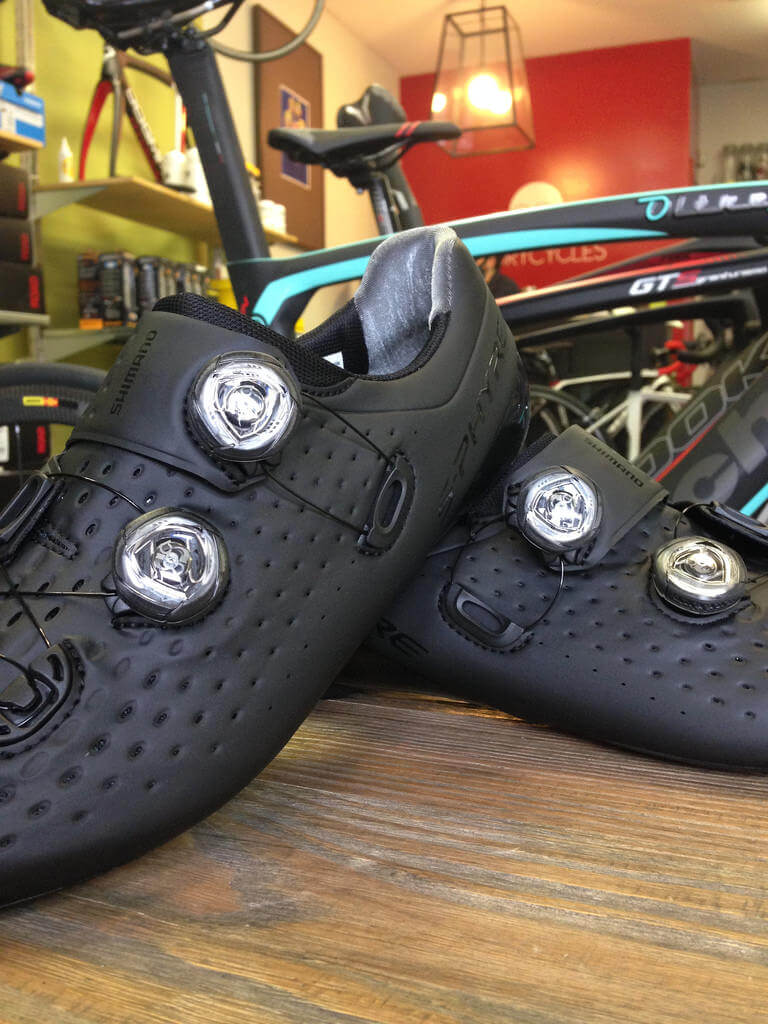
Keeping Them On: Straight-Laced or Wired Up
There are four main types of closures for cycling shoes, including the old stand-by: traditional shoelaces.
Although traditional shoelaces allow for comfort and adjustability, there is one big disadvantage to laces on a cycling shoe: it is impossible to adjust them while riding. Balton notes that some cyclists prefer to tighten their shoes before the sprint portion of a race and this is impossible with a traditional lacing system. In wet and muddy conditions, the laces will get dirty and retain water, which can make the shoes a tiny bit heavier. Also, pay special attention to the length of the laces; laces that are too long potentially can get caught up in the bike chain.
Velcro closures are another option. Remember buying your toddler shoes with Velcro straps? That’s the same reason you will find them on cycling shoes—they are quick and easy to close and adjust as needed. Most cycling shoes have two or three Velcro straps for better control of the fit and tension, especially across the foot. Like laces, the Velcro straps can get dirty quickly which can impact their ability to close properly. You may have to clean them often.
Ratchet and buckle system closures allow for small adjustments in tension on the go but these are the bulkiest of all closure systems and can add additional weight to the shoe.
The Boa Fit System is the newest closure type and is replacing ratchet and buckle systems in the top-level shoes since they are lighter in weight. Boas utilize very thin wire laces that feed through dials which, when turned, tighten the laces. The lace wires can be threaded through the dials in a variety of ways, tailoring the fit optimally to your foot.
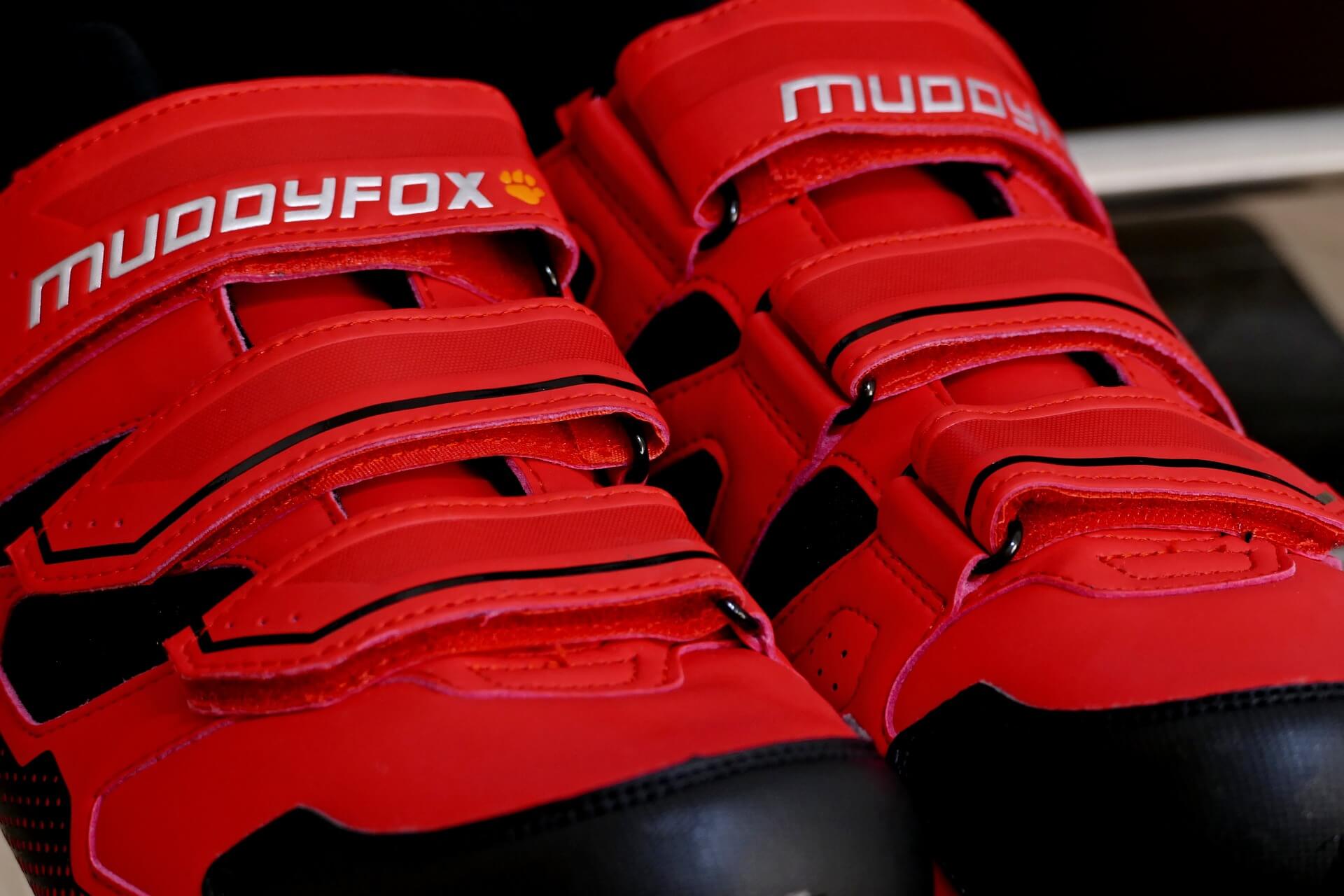
If the (Cycling) Shoe Fits…
Because of the size variations among bike shoe manufacturers, it is highly recommended that you be professionally fitted for cycling shoes. Sizing charts can be a good place to start but plan to try on pairs from different manufacturers to see which model of shoe fits your foot best. It is important to try shoes on with cycling socks or the socks you plan to wear for cycling. Some shoes even come with moldable or adjustable soles to further ensure the best fit possible.
Cycling shoes are available in a wide range of price points, with a number of options at $100 or less. Of course, as with all specialized footwear, you can easily spend more than $100 and as much as $500.
Prior to shopping, in addition to determining what type of shoe to look for, consider evaluating your cycling training. How frequently you cycle and how far might help establish a reasonable budget for cycling shoes, if budget is a factor.
Sources
- , Up Close with the Road Shoes of the 2016 Tour de France, web site
- , Choosing Cycling Shoes: What to Know, web site
- , How to Choose Cycling Shoes, web site
Latest Articles
 Is Running on a Treadmill Easier Than Running Outside?Runners have their own preferences, whether it is treadmill running, running outside on the road, or exploring trails. So...
Is Running on a Treadmill Easier Than Running Outside?Runners have their own preferences, whether it is treadmill running, running outside on the road, or exploring trails. So... Is It OK to Use Trail Running Shoes on the Road?While trail running shoes can be used on roads, especially in situations where a runner encounters mixed terrains or pref...
Is It OK to Use Trail Running Shoes on the Road?While trail running shoes can be used on roads, especially in situations where a runner encounters mixed terrains or pref... How to Fix Sore Quads After Running?Rest, ice, gentle stretching, and over-the-counter pain relievers can help soothe sore quads after running. Also, ensure ...
How to Fix Sore Quads After Running?Rest, ice, gentle stretching, and over-the-counter pain relievers can help soothe sore quads after running. Also, ensure ... 10 Fruits With The Most Electrolytes to Replace Sports DrinksThese fruits are high in electrolytes such as potassium, magnesium, and calcium, essential for hydration, muscle function...
10 Fruits With The Most Electrolytes to Replace Sports DrinksThese fruits are high in electrolytes such as potassium, magnesium, and calcium, essential for hydration, muscle function...

